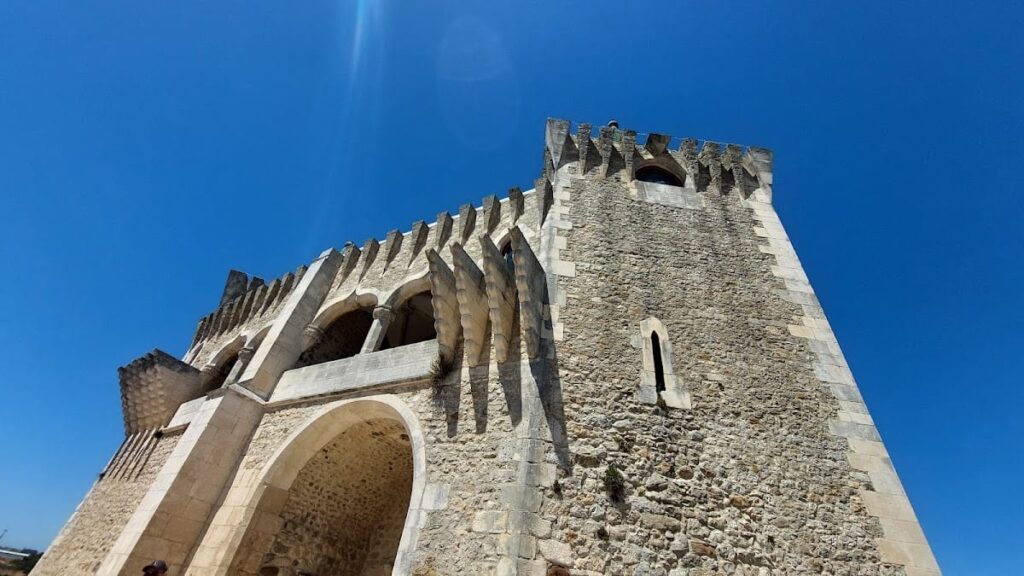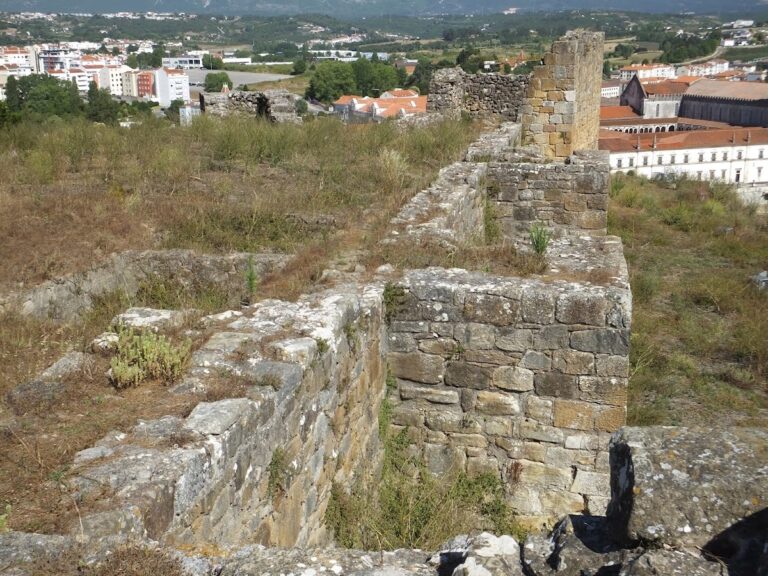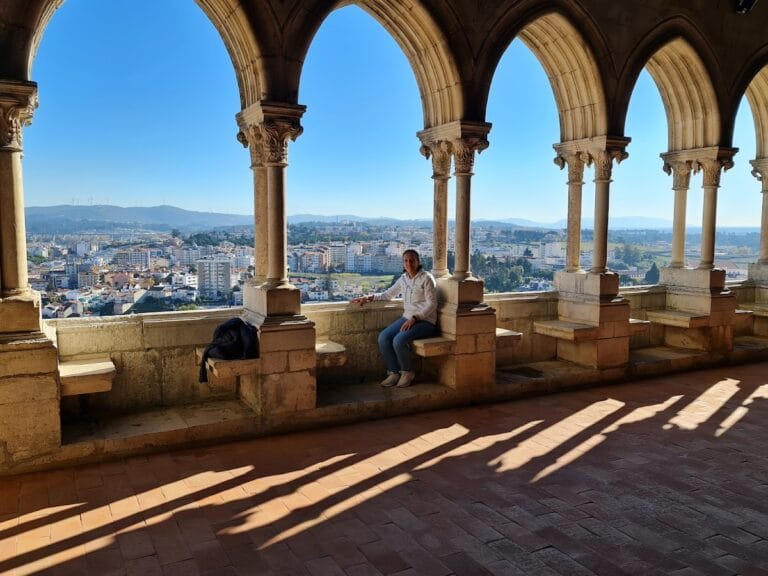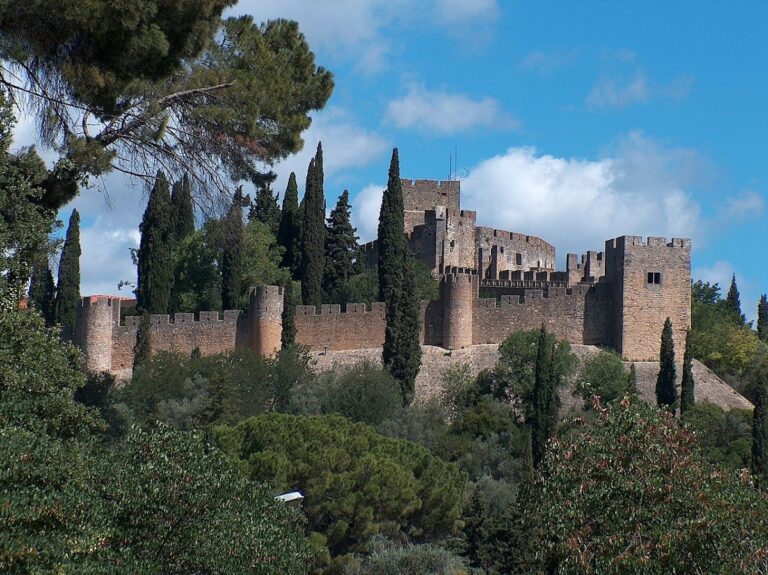Castelo de Porto de Mós: A Historic Fortress in São João Baptista, Portugal
Visitor Information
Google Rating: 4.4
Popularity: Medium
Google Maps: View on Google Maps
Official Website: www.municipio-portodemos.pt
Country: Portugal
Civilization: Medieval European
Remains: Military
History
The site of Castelo de Porto de Mós, located in São João Baptista, Portugal, has been occupied since prehistoric times, as shown by ceramic fragments uncovered through archaeological research. The earliest known fortifications likely date back to the Roman era, supported by coins and Latin inscriptions found on two stone blocks, indicating a Roman military presence.
Following the Roman period, the castle was expanded by the Visigoths and later by Muslim occupants before the Christian Reconquista. In 1148, King Afonso I of Portugal’s forces captured the castle during the Reconquista, establishing it as a key defensive position between Leiria and Coimbra. Dom Fuas Roupinho, traditionally associated with the castle, governed the site and is linked to local legend and Portuguese literature. The castle was briefly retaken by the Moors but was recovered definitively by Dom Fuas with reinforcements.
Under King Sancho I (1185–1211), the town around the castle prospered, and the fortifications were significantly strengthened. Porto de Mós became unique in Portugal by establishing itself as a municipality without a royal charter. Later, during King Denis I’s reign (1279–1325), the castle received further improvements, and in 1305, a royal charter was granted. The castle also began its transformation into a noble residence during this period.
During the 1383–1385 Portuguese crisis, the castle and town supported King John I, known as the Master of Aviz. The site served as a military camp before the decisive Battle of Aljubarrota. Subsequently, the castle and its lands were granted to Constable Dom Nuno Álvares Pereira and later passed to his descendants, the first Dukes of Braganza.
In the mid-15th century, Dom Afonso, son of the first Duke of Braganza, converted the medieval fortress into a Renaissance manor. This transformation was continued and expanded by his heirs. The castle’s defensive structures suffered severe damage during the 1755 Lisbon earthquake and were further affected by the 1909 earthquake, especially on the northern side. Recognized for its historical value, the castle was declared a National Monument in 1910, with restoration efforts beginning in the 1960s and renewed campaigns starting in 2001.
Remains
Castelo de Porto de Mós has an irregular pentagonal layout that blends Gothic and Renaissance architectural styles. Its walls are reinforced by five towers at the corners. The two southern towers are topped with green pyramidal spires, while the other three towers show signs of damage. Parapets along the towers and curtain walls rest on corbels, which once supported battlements.
The southern façade features Gothic elements from the 15th century, including two flanking towers with windows and a central double balcony. This balcony is framed by rib-vaulted arches arranged on corbels and interrupted by a prominent central buttress. Sculptural decorations adorn this façade and the adjacent palace areas.
A large ground-level portal provides access to the castle. Inside the walls, there is a ruined atrium formed by a Renaissance-style portico with columns and pilasters. This space centers around the faceted walls of a cistern. Doors and windows throughout the castle display both rectangular and pointed (ogival) shapes, reflecting the coexistence of Gothic and Renaissance styles. These features bear resemblance to those found in the nearby Ourém Palace.










